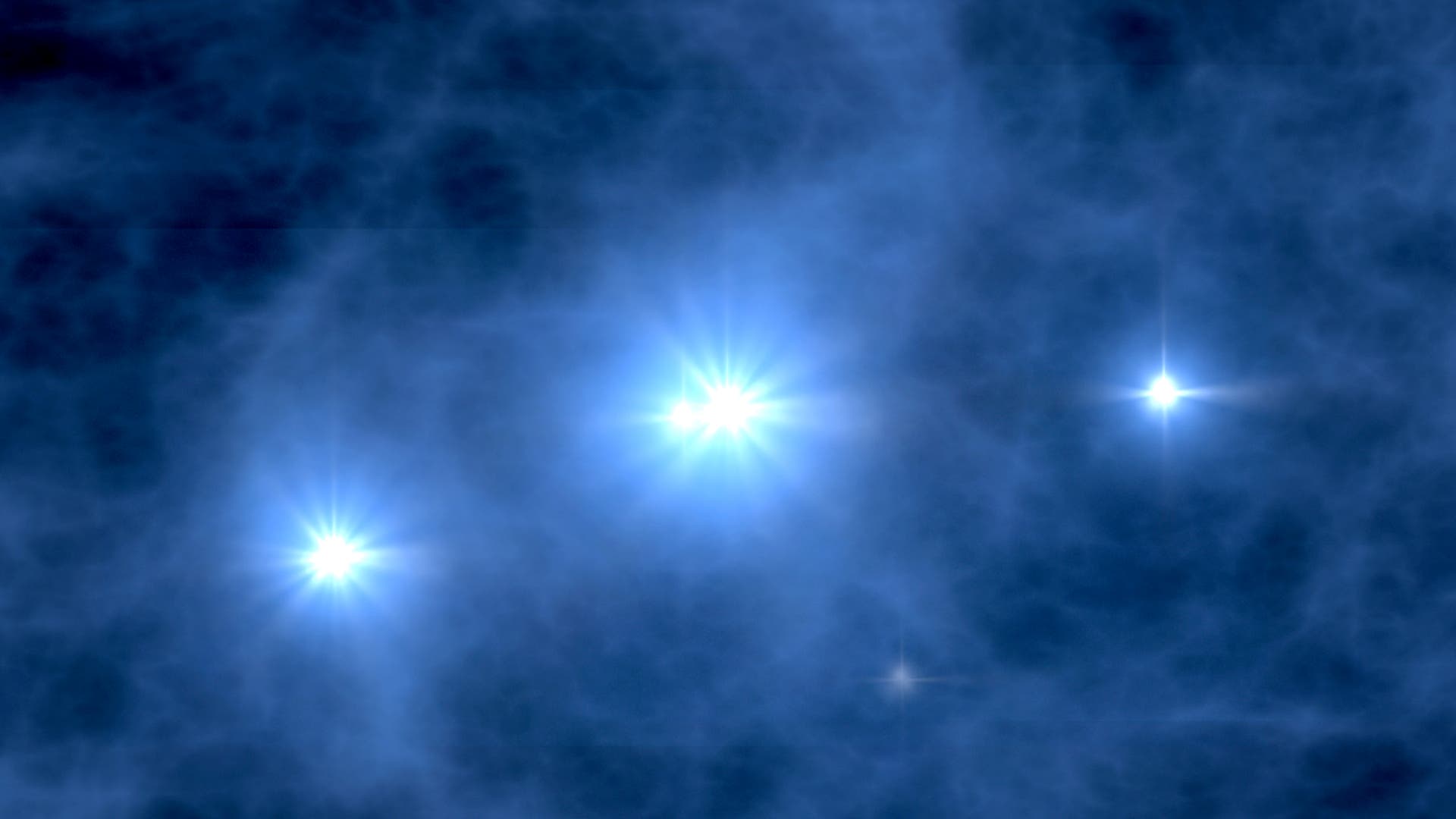Evidence 2: The spectral energy distribution of the three objects fits well with the predictions of their model for dark stars. To do this, however, the models must be “adjusted” using certain parameters, including the – still unknown and hypothetical – dark matter mass of WIMP.
Help from Einstein?
Neither provides evidence that the three JADES candidate stars are massive stars fueled by dark matter. On the other hand, more significant spectra can do this, Freese and her colleagues write: If one finds, for example, a helium absorption line at a wavelength of 164 billionths of a meter (1640 angstroms) or certain hydrogen absorption lines above a constant wavelength of 350 millionths of a meter, that would be a clear indication of the presence of a dark star. The argument: Dark matter makes up only 0.1% of the cloud’s total mass. The rest is a diffuse atmosphere of hydrogen and helium in which WIMP’s annihilating radiation at these wavelengths is absorbed very efficiently. On the other hand, if they are galaxies made up of normal stars, emission lines should appear in the spectrum instead.
Unfortunately, the spectra of the three candidates are not accurate enough for such detail. “JWST can take excellent spectra,” Friese explains. “To be able to communicate this to dark stars as well, these objects would have to be 10 to 100 times brighter.” This can be achieved through gravitational lensing—that is, by having a large mass, such as the cluster of galaxies in the foreground, intensify the dark star’s radiation in its line of sight. Gravitational lenses predicted by general relativity are now routinely observed and have often been useful amplifiers of faint sources. “This will certainly be the case for many objects observed by JWST as well.”
Many problems, one solution?
So can the existence of a dark star be proven unequivocally in the near future? Many astrophysicists would like it, if only the existence of these strange objects could solve a number of problems: First, it would be a disguised, albeit indirect, indication of “Majorana WIMPs,” particles that are also their own antiparticles. Second, the large – presumed – number of young galaxies detected by JWST in 2022 is causing astrophysicists increasingly difficult to interpret. There seem to be far too many of them in the early universe: “If some of these objects are not small galaxies at all, but dark stars, then simulations of galaxy formation fit the observations better,” Friese says.
Finally, dark stars would provide an elegant solution to the problem of massive black holes found in almost every major galaxy. How could this be formed? Simply put, the universe has not existed long enough for black holes with a few solar masses to grow into mass monsters of millions or billions of sun masses.
Dark stars would also solve this problem: if that body ran out of dark matter, hydrogen gas would be compressed so that nuclear fusion could occur. But this superstar can now weigh millions of solar masses – too much to stand still. Instead, the structure collapses into a supermassive black hole. All this makes black stars attractive. It’s nothing more than a strange thought experiment for now – but maybe not for much longer.

“Alcohol buff. Troublemaker. Introvert. Student. Social media lover. Web ninja. Bacon fan. Reader.”






More Stories
Skin rash after eating asparagus? What could be behind it?
Warning signs of Alzheimer’s disease: Researchers find new evidence
Zoonoses: Do squirrels transmit leprosy?